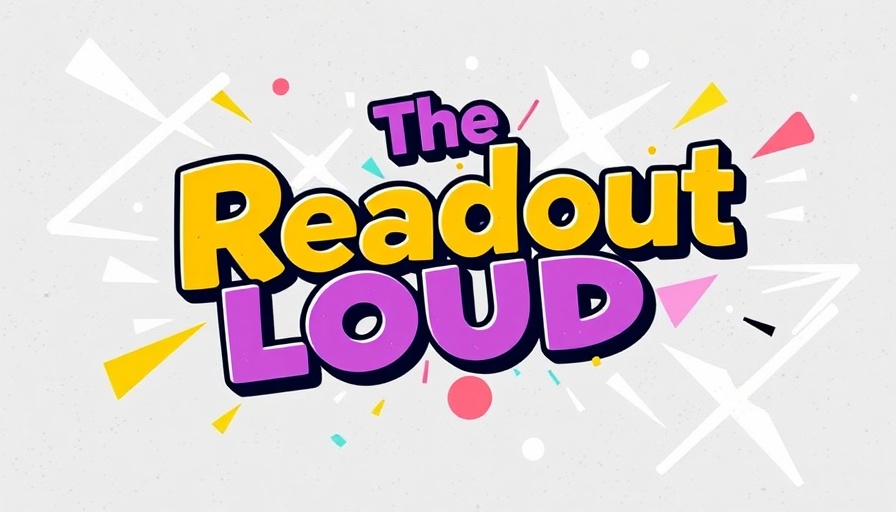
The Withdrawal of Dave Weldon's Nomination: A Misstep or a Smart Move?
The recent withdrawal of Dr. Dave Weldon as the nominee to lead the Centers for Disease Control and Prevention (CDC) has triggered waves of discussions and analysis regarding his past stances, particularly relating to vaccines. Just hours before his confirmation hearing, the White House stepped back, acknowledging concerns within their own party about Weldon’s controversial views. This event underscores the current political and medical instability as the nation marks five years since the onset of the COVID-19 pandemic.
Unpacking the Pandemic's Lessons
The criticisms of Weldon’s past claims on vaccines are particularly poignant given the backdrop of the pandemic that has tested U.S. healthcare policies. His nomination encountered resistance not only from Democrats but also from some Republicans. Senators like Lisa Murkowski and Susan Collins expressed their reservations, echoing larger sentiments concerning accountability in health leadership. Their hesitance seems to stem from a recognition of how previous policies, influenced by personalities like Weldon, have worsened public trust in health organizations.
Political Ramifications and Public Health
This situation illustrates a growing rift within the GOP where traditional values clash with newer ideologies emerging from media personalities and controversial figures like Robert F. Kennedy Jr. Weldon’s close association with Kennedy, who is a well-known vaccine skeptic, adds further complications. It leads to the question: how will the GOP balance its public health policies without alienating a significant part of their base? Public health experts fear that sidelining science will only exacerbate current public health crises, such as the recent measles outbreaks reported in multiple states.
Future Implications for Leadership and Policy
This withdrawal may serve as a lesson in transparency and expertise. Experts like Dr. Georges Benjamin have voiced that the CDC needs a leader who not only has the right credentials but also embodies public trust—something that Weldon significantly lacked. The implications for the agency going forward are substantial: without stable leadership, the CDC may continue to struggle with credibility and effectiveness in addressing health crises.
Conclusion: What’s Next for the CDC?
As the CDC continues its search for a new leader in this tumultuous climate, it's vital that the next nominee possesses a strong commitment to science and public health. With the increasing demand for accountability, the challenge will be to restore public confidence. It’s crucial that leaders are chosen based on their ability to navigate both the political landscape and scientific integrity. The future of America’s public health policies depends on it.
 Add Row
Add Row  Add
Add 




Write A Comment